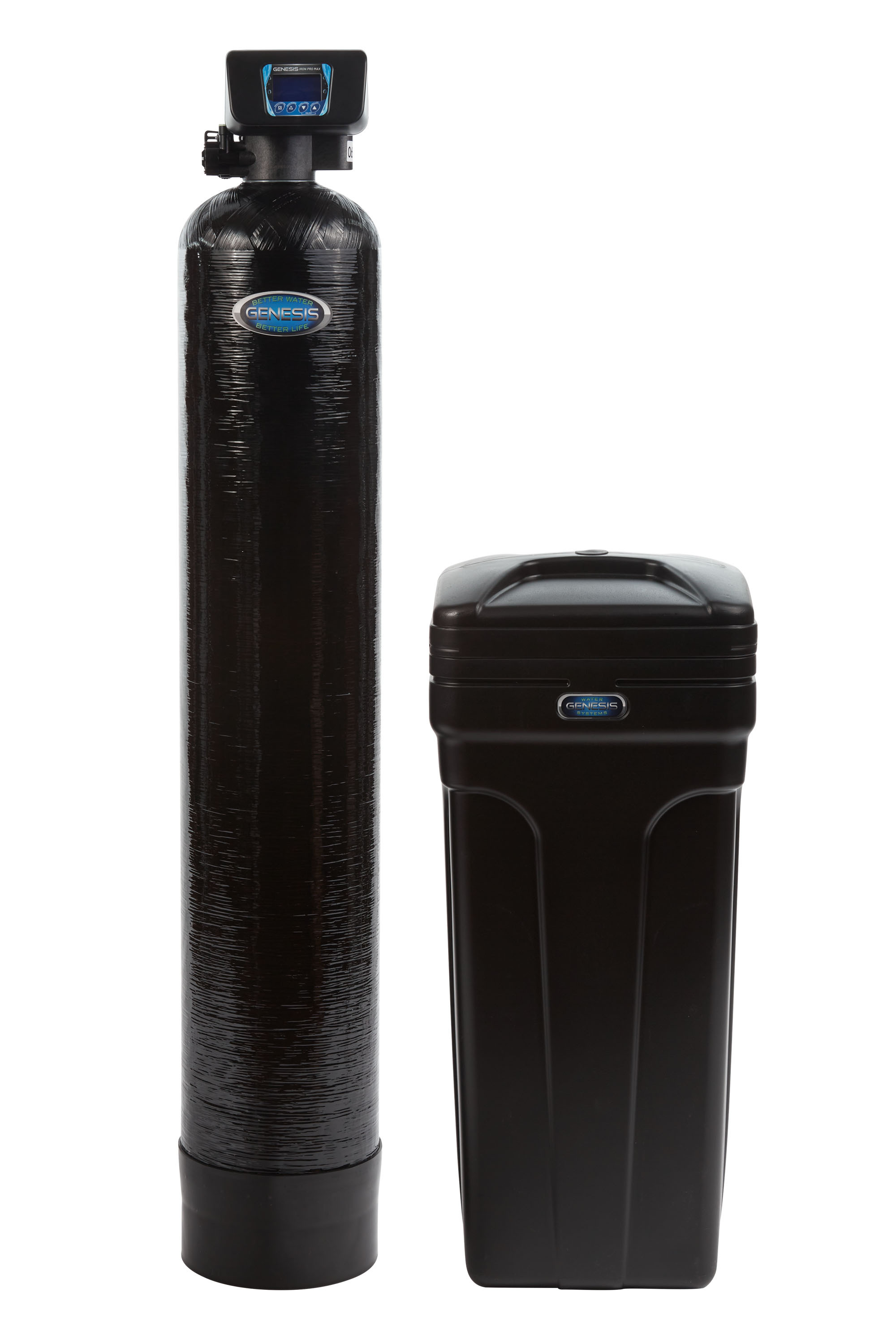Signs You Need a New Water Softener
Posted by Discount Water Softeners on Apr 25th 2022
To Repair or Replace
Brand-new water softeners are hard to compete with. Newer systems are more efficient than their older counterparts, they run fewer cycles, save money on salt and utility costs, and allow you to take advantage of updated features and technology. When your old softener quits working, how do you know whether to repair or replace your existing home water softening system?
Water softeners are generally reliable, hard-working machines. A unit that has been properly maintained can last 10-15 years or more. When you start running into issues with a water softener over a decade old, making repairs can get expensive in a hurry; it’s worth considering switching out for newer technology.
There are plenty of reasons to replace an old water softener–nobody wants to get stuck with hard water. If you’re hoping to squeeze a little more life out of an older system, it doesn’t hurt to troubleshoot for an easy fix on your own. Not all water softeners are created alike. If you have difficulty determining the cause of a breakdown, your time may have run out, along with your soft water. Here are some of the most frequent issues with home water softener systems:
The Tank is Overflowing
Typically, there are several gallons of water stored inside a softener system’s brine tank. If your water softener is full of water or overflowing, the water is clearly not passing through the tank to the rest of your home the way it’s meant to. An abnormally high water level inside a tank could suggest a brine line issue, a clogged injector, or a damaged seal
When you look inside the brine well, make sure the line is properly attached to the float. The brine line is the tube that connects the tank to the control valve. When you remove the lid and the cap inside the brine well, confirm the line is fitted securely to the safety float, as water or air leakages will cause your system to malfunction and produce an endless flow of water into the tank.
If your drain line is kinked or clogged, the drain line flow control valve can also develop a blockage; this is common in homes with high iron levels. A clean line is necessary to maintain proper balance inside the control valve to ensure a proper venturi draw. If not clean it will need to be taken out and cleared.
If the brine tank overfilled during your last regeneration, and has stopped overflowing, this suggests a problem with the injector. The brine injector creates a venturi by the delta P between the outer and inner injector. If there is any clogging, build up or damage to either portion of the injector assembly, the system will not draw brine resulting is unsoftened water.
If your system operates internally with the use of a piston driven process with seals and spacers. The seals can become worn or damaged. A worn or torn seal will result in the system not drawing brine during the brine draw stage and can push water to the brine tank instead of drawing it out. An inspection and replacement of these parts in the exact manner they were removed will prevent further malfunctioning of your softener.
Bridge Over Troubled Water
In areas of high humidity where water softeners are often housed, in basements or storage rooms away from a home’s main living space, the combination of excess water vapor in the air, coupled with standing salt water, often causes formation of salt bridges. Salt bridges are hard crusts that develop over the water in your brine tank, impeding regeneration. If your water has suddenly become hard or your softener has stopped using salt or making brine, the tank may have developed a salt bridge.
A softener’s brine tank should be checked regularly and cleaned as needed. When salt forms a bridge, there is an empty space between the water and the salt in your tank. This prevents the water entering the bottom of the tank from reaching the salt. Therefore, the salt will not dissolve to make brine, the resin bed will not regenerate, and no salt is used, resulting in hard water running through your pipes.
Salt bridging is a common problem that most homeowners can easily resolve by using a long handle to gently break up the bridge, allowing it to fall inside the tank, then removing any large chunks. Pouring warm water to dissolve and clear any of the remaining bridge or stubborn salt at the bottom of the tank should allow you to then begin a new regeneration process, emptying all the remaining salt from the tank. Then, you can add fresh salt and let your water softener system operate as usual.
Fault of the Salt
Salt bridges becoming a regular nuisance? It might be the salt you’re using. Poor quality salt won’t dissolve the way it should. Salt comes in all shapes, sizes, and purity levels. Look for the highest purity level (meaning it’s the most easily dissolved in water) for the best choice to keep your system clear of blockages and bridges. Consideration should also be given to water hardness levels, softener design, and your household water usage. Consult your user manual for the manufacturer’s salt recommendations.
For long-lasting and consistent water softening, proper leveling of salt is just as important as the type of salt you use. Never overfill or replenish too frequently. Most brine tanks should be filled approximately three quarter full of salt, should remain a few inches above the water level, and no more than 4-6 inches from the top to maintain optimal performance. Always allow the salt you have added to settle down to, or at, the water level before adding more.
Evaporated salt is the purest form of sodium-based salt used for softening water, and the least likely to cause bridging. Salt bridging is one of the easiest problems to fix on your own- requiring little expertise, and no repair costs. Selecting the right type of salt for your softener matters. Cheaper salt, like rock salt, is often contaminated with other deposits, leading to frequent clogs and maintenance nightmares. Economical choices up front end up costing more in repairs in the long run. Using pure salt equates to your water softener running more efficiently and lasting longer.
Out With the Old
Water softeners perform an important job in your home, but like any other appliance, they only last so long before components wear out. If your old water softening equipment has quit working, you’ll know it by the spots on your dishes, and mineral build-up on your appliances. Your clothes start to look dingy, and your skin feels dry and itchy. Naturally, units last much longer when well-maintained, their typical lifespan being 10 to 15 years. If your home water softener is nearing that age, and/or repairs have become frequent and short-lived, replacing it is likely your best option.
On demand systems, like Genesis Water Softeners, are some of the most commonly installed softeners, in part, due to their reputation for efficiency and reliability. How long a water softener last depends greatly on how much it is used, dictated by the quality of your home’s water. For homes requiring softening of extremely hard water, or well water containing iron, systems may need to be replaced sooner. An ideal solution for the toughest mineral removal challenges is an all-in-one system like the Genesis 2 Iron Pro Max, offering softening plus iron removal.
Water softening equipment may seem complicated, but knowing how to troubleshoot some of the most common issues will save you in expensive repairs. Learning how to remove, inspect, clean, or replace some of the most important components of your softener prevents unnecessary service calls or having to deal with hard water.
With no definitive time for water softener replacement, it’s extremely helpful to learn to spot the signs of equipment failure. Remember that water quality changes over time. If you’re thinking of replacing your water softening equipment or having it serviced, the experts at Discount Water Softeners can give you reliable advice for the best water treatment system inside your home.



